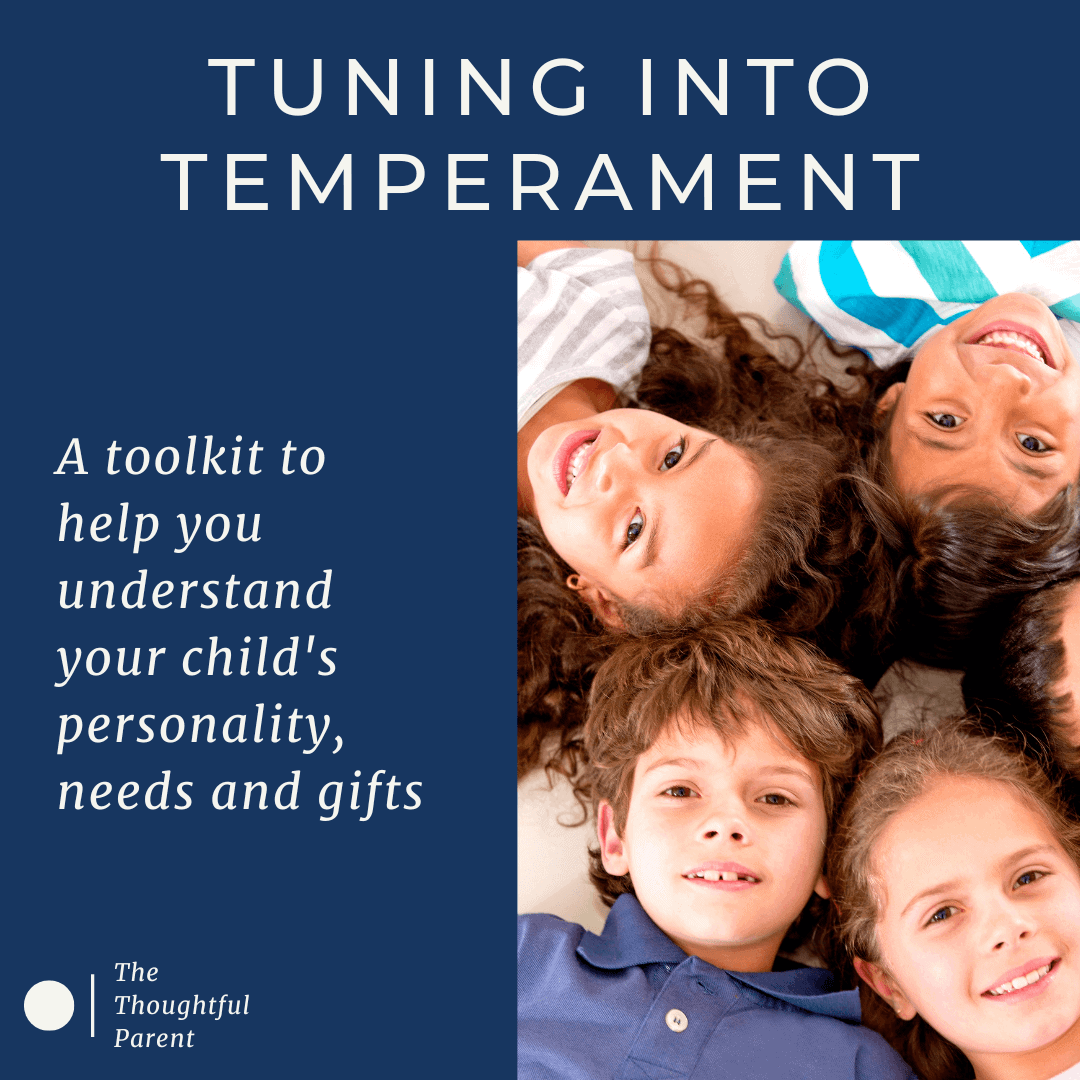[ad_1]
Sneak peek: A fundamental overview of the forms of little one temperament in little one growth and the function they play in parent-child relationships.
The thought of ‘temperament’ is heard so much in any circle of fogeys, caregivers, or academics discussing youngsters. Though the phrase ‘temperament’ might not be used, you hear dad and mom and academics talk about a baby who, “wants a while to heat up” or is who’s “stuffed with power.” Most dad and mom most likely have sense of their little one’s temperament however could not perceive its implications for parenting. Understanding the forms of little one temperament and the way they affect parenting could be a game-changer to your relationship along with your little one.
What Does Temperament Imply?
However what does temperament actually imply and the place does it come from? Maybe most significantly, how does temperament affect how dad and mom and youngsters work together?

Though most individuals have a basic sense of what temperament is, the analysis on forms of little one temperament is broad and diversified. Some researchers have totally different definitions of temperament and what features of habits ought to or shouldn’t be included on this assemble. Listed below are among the primary concepts relating to forms of temperament which have developed over the previous 40 years or so.
Within the Nineteen Sixties and 70s researchers, Alexander Thomas and Stella Chess performed a traditional examine by which they outlined 9 dimensions of temperament. Thomas and Chess’s traditional temperamental classes included:
- exercise stage—power stage of the kid
- approach-withdrawl—how little one preliminary responds to a brand new setting
- temper—little one’s basic tendency to be blissful or sad
- rhythmicity—how common are the kid’s bodily/organic patterns (e.g., consuming, sleeping)
- persistence—little one’s capability to stick with a troublesome job
- consideration span—little one’s capability to give attention to one job for a size of time
- adaptability—little one’s capability to regulate to adjustments in routine
- threshold—little one’s capability to deal with exterior stimuli (e.g., loud noises)
- depth—little one’s tendency to emotionally react strongly or much less strongly to occasions
- distractibility—the diploma to which a baby is definitely distracted from a job or exercise
Varieties of Temperament in Baby Growth
Primarily based on these dimensions, Thomas and Chess’s traditional temperamental classes developed. They characterised youngsters into one in every of three classes of temperament: “troublesome,” “straightforward,” and “gradual to heat up.”
Of their examine, 65% of youngsters might be categorised into one in every of these classes, so one other class of “unable to categorise” was created for the remaining 35%. Thomas and Chess discovered that of their preliminary examine:
40% of the kids fell into the “straightforward” class,
10% into the “troublesome” class and
15% into the “gradual to heat up” class.
Later, these researchers said that these classifications must be thought of much less as discrete classes however extra as a continuum alongside which youngsters fell. So a baby is usually not clearly “troublesome” or clearly “straightforward” however someplace alongside the continuum from “troublesome” to “straightforward.”

Different, more moderen researchers have outlined temperament considerably in a different way. They focus extra on two major dimensions: 1) emotional or attentional reactivity and 2) self-regulation. So what do these imply?
Reactivity focuses on the kid’s responses to stimuli. These stimuli may both be exterior (e.g., a loud noise) or inside (e.g., feeling indignant).
Self-regulation refers back to the little one’s capability to handle his/her reactivity in numerous conditions. Do these sound acquainted? As you’ll be able to see, the variations between these dimensions and people utilized by Thomas and Chess are very refined and there appears to be plenty of overlap.
One other word to think about relating to these temperamental classes is the inherent judgment that comes together with labels resembling “straightforward” or “troublesome.” It’s useful to keep in mind that Thomas and Chess had been conducting this analysis at a time when a baby’s habits was seen far more from the father or mother’s perspective somewhat than the kid’s expertise. These labels mirrored the concept youngsters with an “straightforward” temperament had been maybe much less demanding of fogeys’ time and power than these with a “troublesome” temperament. It’s good to understand that a baby with a “troublesome” temperament is just not deliberately making an attempt to be extra demanding. They are usually extra delicate to their environment and thus usually require extra help and intervention on the a part of dad and mom to assist them regulate their feelings.
What Elements Affect a Baby’s Temperament?
So this offers us a basic understanding of what researchers imply once they use the time period “temperament.” However the place does temperament come from? Is it genetic or one thing discovered as we expertise life?
After all, in science, there are hardly ever straightforward black-and-white solutions to questions like this. Scientists are simply starting to discover the doable organic elements of temperament through the use of new mind imaging expertise. Though most researchers agree that there’s not less than some genetic or organic foundation for temperament, the function of the surroundings and life expertise can also be necessary. In actuality, the expression of temperament is most certainly a mixture of each organic and environmental options, or what researchers name “gene-environment” interactions. See a little bit extra in regards to the significance of temperament in youngsters’s growth with this video:
Study extra about your little one’s temperament. Try my NEW temperament toolkit for fogeys and educators:

Tuning into Temperament: A Toolkit for Mother and father and Educators
This is smart when you consider it. In the event you are likely to have a extra inhibited temperament, it will affect the forms of conditions you expose your self to as a result of you’ll not really feel snug in each state of affairs. This expertise with the surroundings will then additional form your habits and persona. This distinct interplay between genes and the surroundings might be what in the end makes every of us distinctive people.
Inquisitive about your little one’s temperament? Take the temperament quiz and be taught extra!
Chime in!
What are some of your little one’s distinctive temperamental traits? Reply within the feedback and let’s chat.
Wish to be taught parenting methods particular to your little one’s temperament? Join this free cheat sheet and learn the way totally different parenting methods work for various youngsters:
Associated Sources:
[ad_2]
Supply hyperlink

